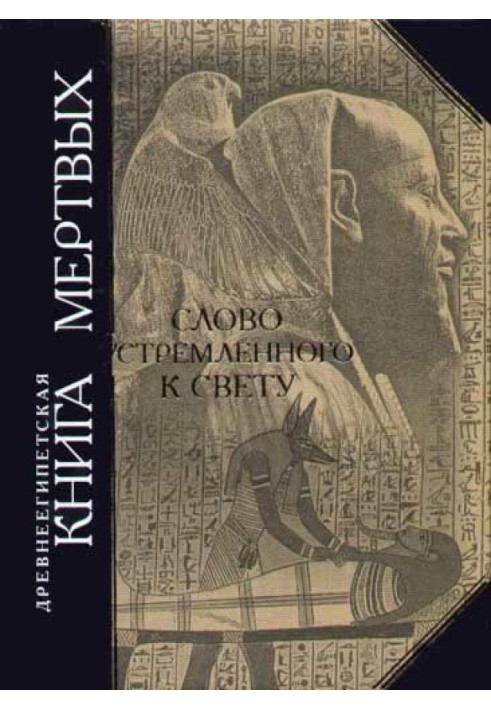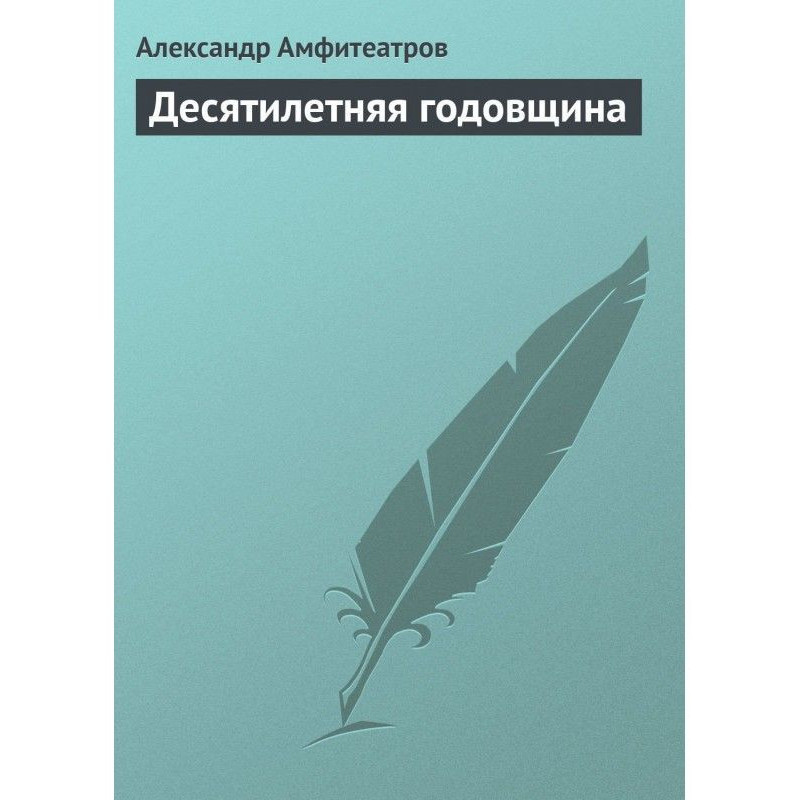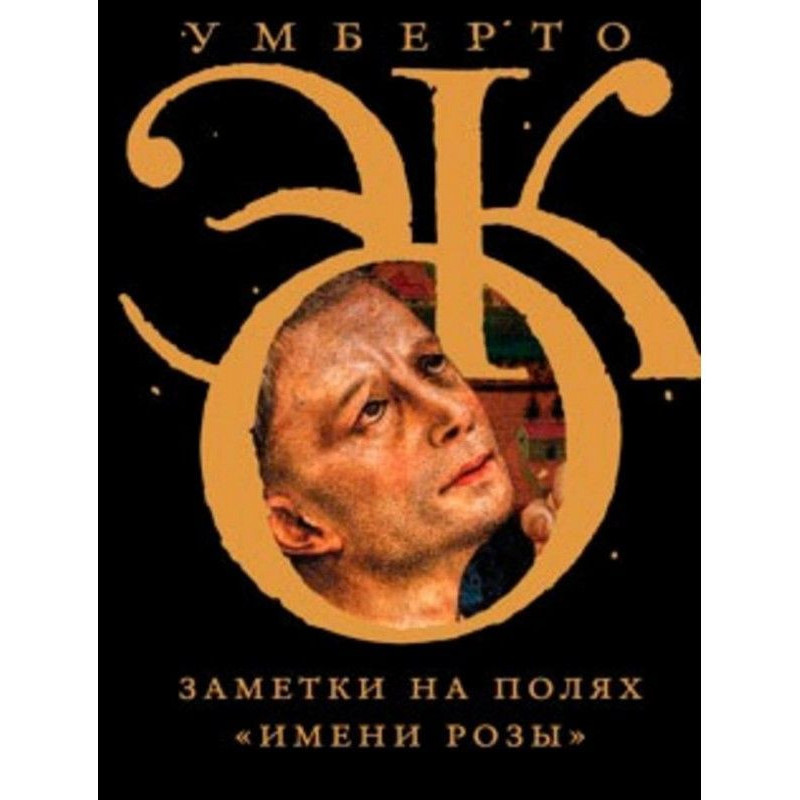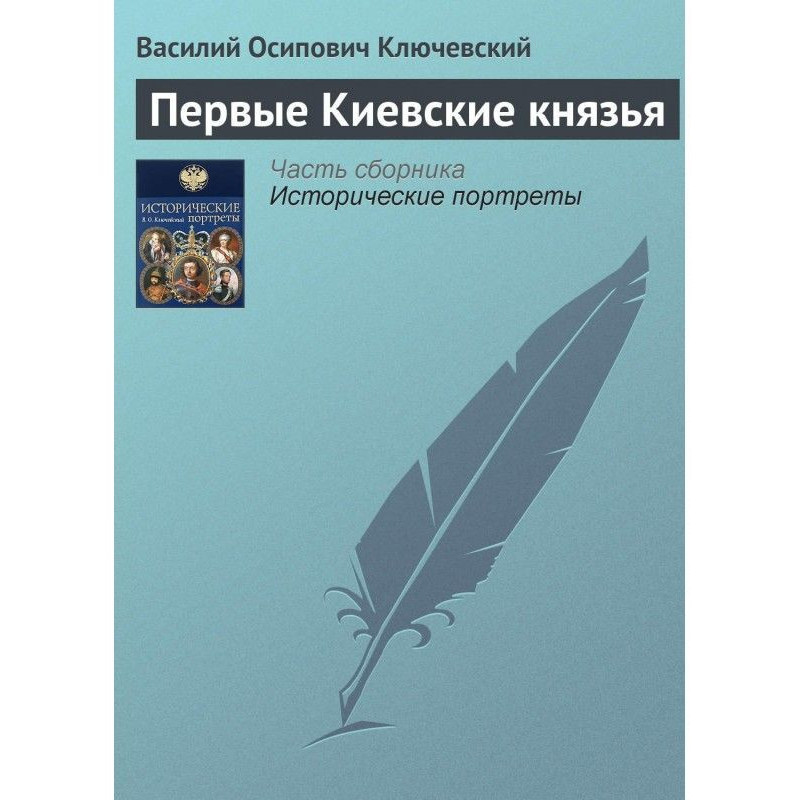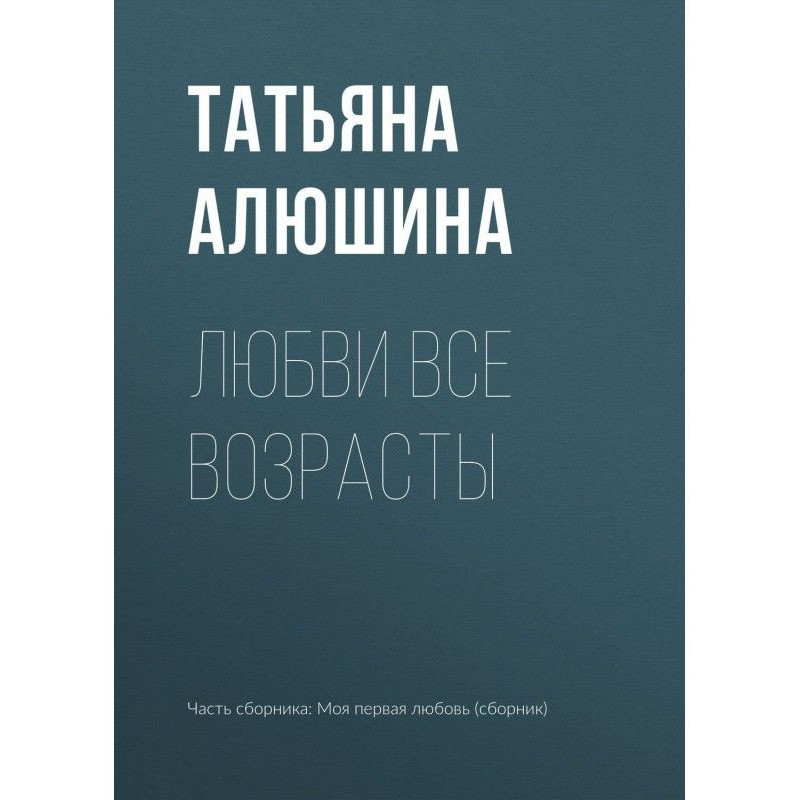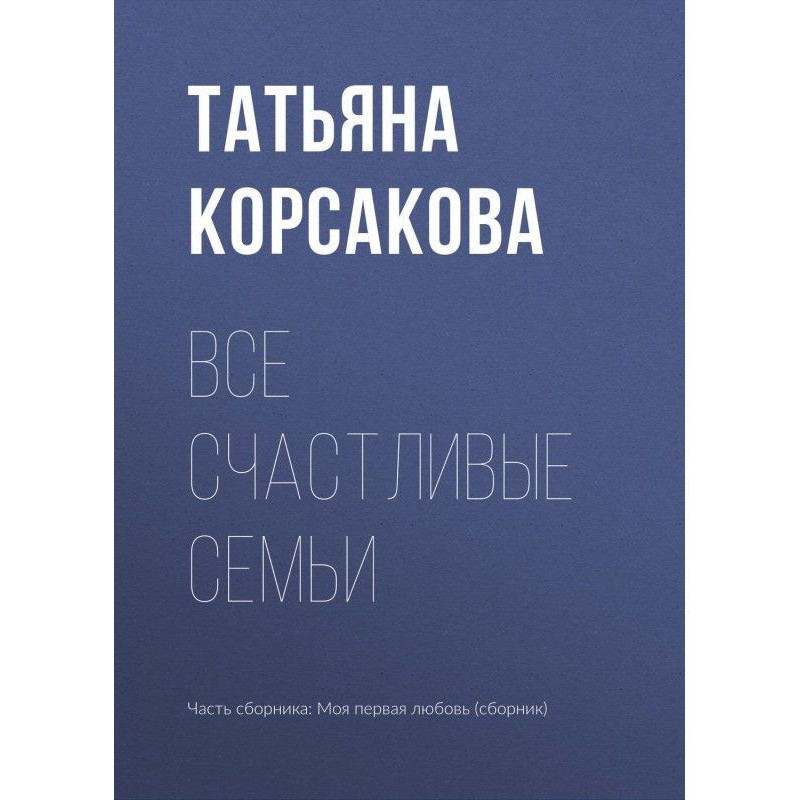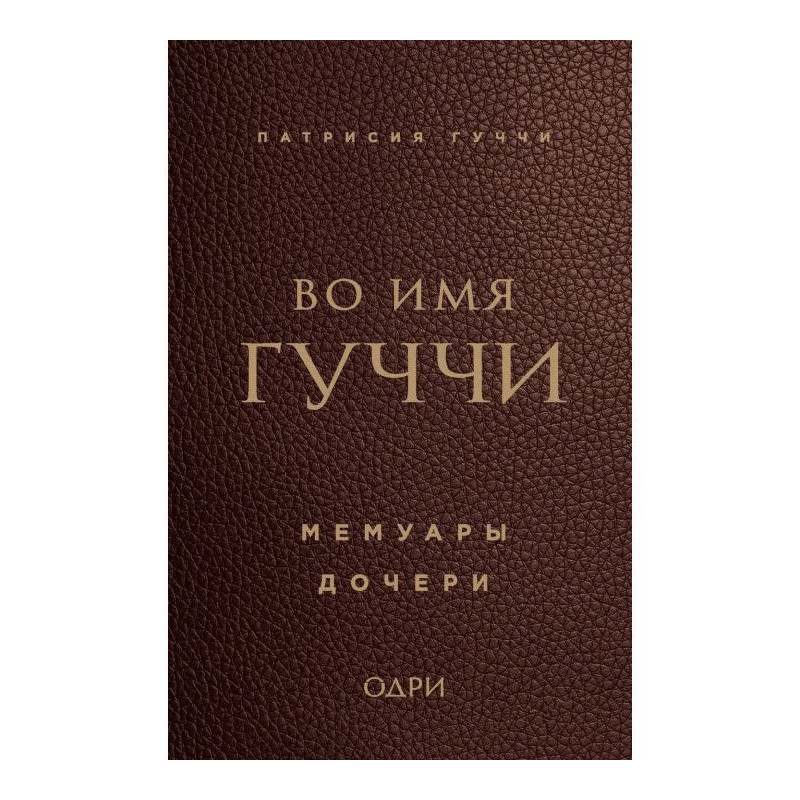Ancient Egyptian Book of the Dead. The Word of the One Who Aspires to the Light
 Instant download
Instant download
after payment (24/7)
 Wide range of formats
Wide range of formats
(for all gadgets)
 Full book
Full book
(including for Apple and Android)
The “Book of the Dead” in Ancient Egypt is a collection of religious and legal norms placed in a tomb in order to help the deceased overcome the dangers of the other world and gain enlightened immortality. It consists of a series of 186 unrelated chapters, varying in length, ranging from long poetic hymns to one-line magical formulas. The name “Book of the Dead” was given by Egyptologist R. Lepsius, but it would be more correct to call it “Book of Resurrection” since its Egyptian name - “per-em-heru” literally translates as “Book of going out during the day.”
In the era of the Old Kingdom, there was a custom of reading aloud spells for the deceased king, which was supposed to provide him with an afterlife. Later, similar texts began to be written down in the tombs of Egyptian nobles. By the time of the Middle Kingdom, collections of funeral spells (some old, some newly composed according to their model) were already written down on the surface of sarcophagi and became available to anyone who could purchase such a sarcophagus. In the New Kingdom and later, they were written down on papyrus scrolls and sometimes on leather. These scrolls were called the Book of the Dead, despite the fact that they differ greatly in content and arrangement of texts. The “Book of the Dead” reflects the development of the Egyptian funeral service of the 3rd - first half of the 1st millennium BC and is one of the longest-lived books of the magical and divine content in the world.
Before you is a complete translation of the “Book of the Dead” into Russian. Compilation, translation, preface and comments by A.K. Shaposhnikov; poetic translations by I. Evsa
Data sheet
- Name of the Author
- Автор Неизвестен Эзотерика --
- Language
- Ukrainian
- Release date
- 2003

